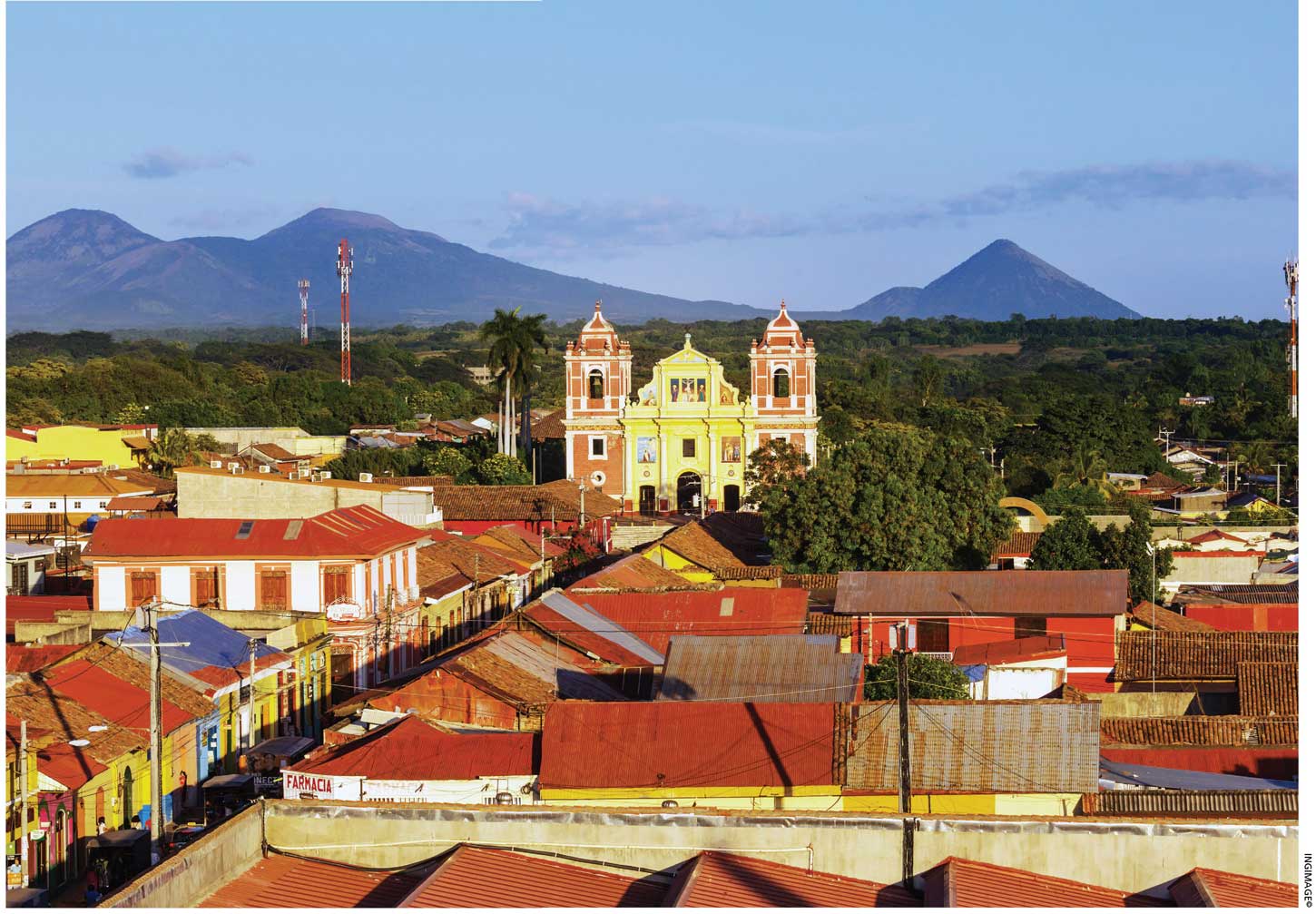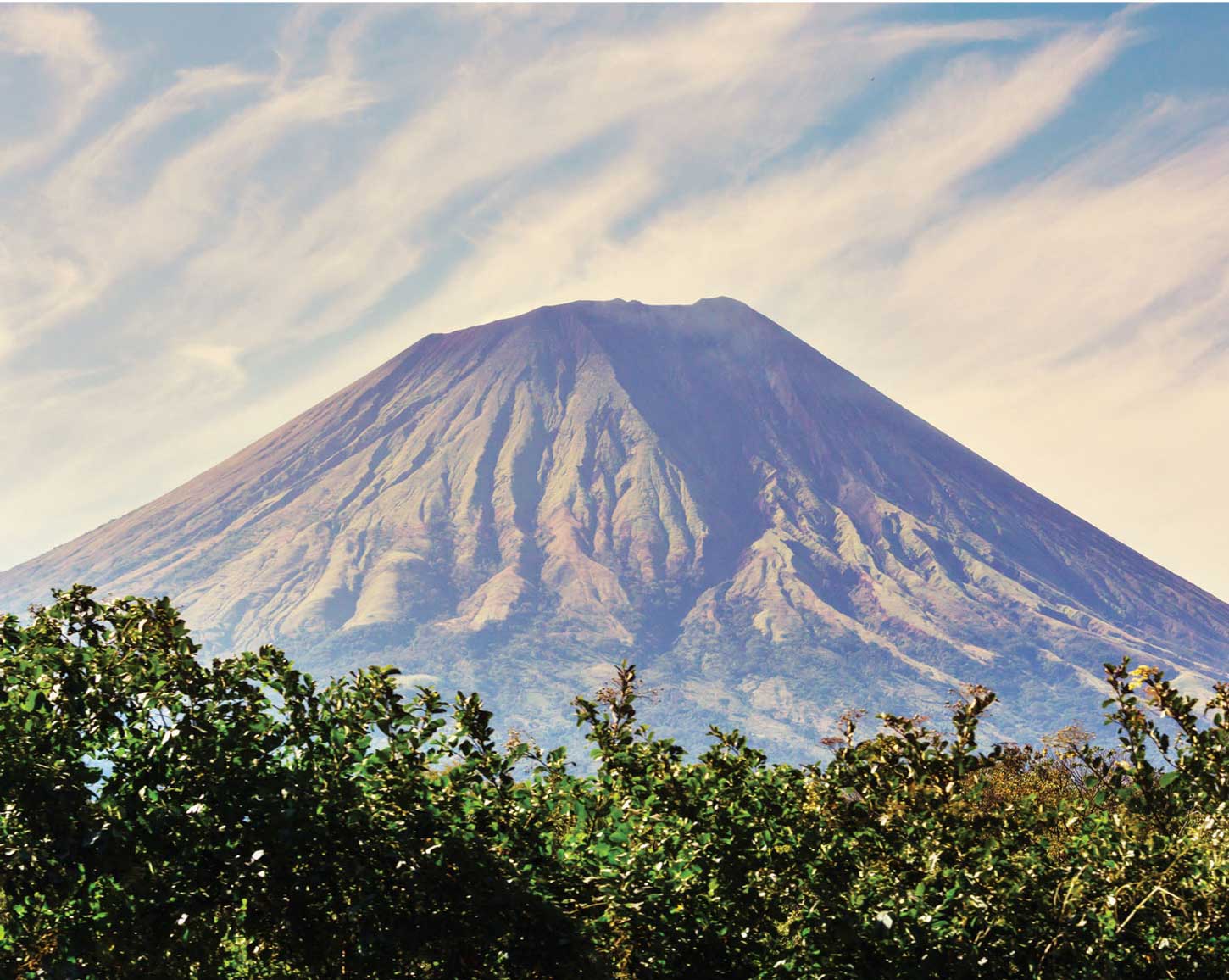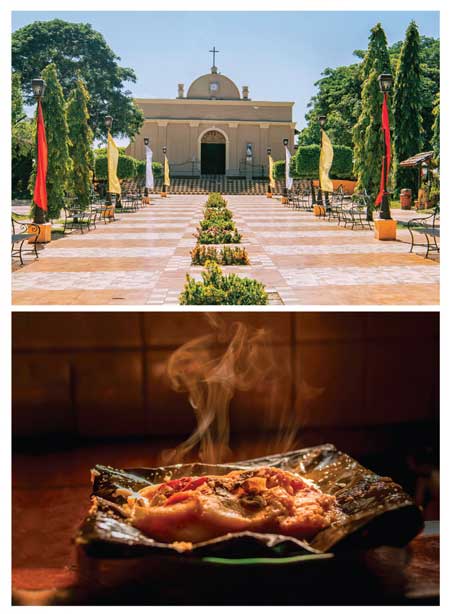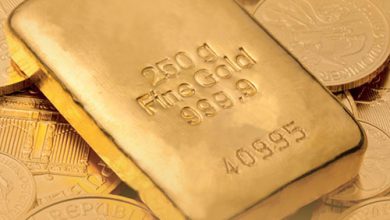Wish you were here
Land of lakes and lava
Sandip Hor travels to the land of lakes and volcanoes to steam up and cool off
In the 16th century, Spanish conquistador Francisco Hernández de Córdoba established two settlements in Nicaragua, and named them Granada and León after cities in Spain. Five centuries later, they are the most visited sites in Nicaragua – where history and colonial architecture mix with art and culture to offer visitors a travel experience of a different kind.
Here’s a haven for nature aficionados, adventure seekers, culture lovers, history buffs, and connoisseurs of rum and coffee.
With the Caribbean Sea to the east and Pacific Ocean to the west, these landscapes are dotted with many mountains, lakes and lush valleys. A satellite image will show Nicaragua as a cluster of several water bodies and pointy outcrops, which are tucked in the centre of the isthmus connecting North and South America.
The water bodies are lakes and the pointy outcrops are volcanic mountains. Since there are so many of them, Nicaragua is known as the ‘land of lakes and volcanoes.’
In the 16th century, Spanish conquistador Francisco Hernández de Córdoba established two settlements in Nicaragua, and named them Granada and León after cities in Spain
Nicaraguan volcanoes form part of the famous Pacific Ring of Fire. Adventure seekers can hike up some of them while the rest enjoy their beauty from various lookouts. Seven of the 50 or so volcanoes are still active and smoke can be seen billowing from their peaks.
WHERE TO STAY While luxury hotels run by international brands are available in the capital city Managua, Granada and León also offer quality accommodation ranging from star marked hotels to backpacker hostels. The centrally located Hotel Colonial in Granada is a great option.
WHERE TO EAT There are plenty of eating options that range from fast food to fine dining. Most local dishes have a Spanish influence and some of the more famous items are vaho (which is made by steaming a combination of beef, yuca and plantains in banana leaves), traditional deep-fried donuts called rosquillas (they are characterised by their fluffy texture and a hole in the middle) and arroz con pescado (a regional specialty of León, which consists of rice, shredded fish and tomatoes).
WHERE TO SHOP This impoverished nation is famous for its rum, coffee and cigars – so visitors buy them as souvenirs alongside locally made handicrafts.
WHERE TO GO Some of Nicaragua’s more famous attractions are its expansive lakes and volcanoes. Towering over the shores of Lake Managua is the highly active volcano Momotombo, which stands tall at 1,300 metres.
The other volcano of importance is the Mombacho ‘stratovolcano,’ which borders Lake Nicaragua. Archaeologists believe that it was once part of the Pacific Ocean.
In contrast, the Masaya Volcano protected inside a national park, is easily accessible because of the paved road leading to the mouth of the crater from where it’s possible to see the molten lava burning some 500 metres below.
Besides nature, visitors also savour Granada and León’s history and culture, which span 500 years. The landscapes of the two settlements appear pretty similar. Awash with squares and parklands, churches, museums and rows of colourful houses, which are separated by their pastel hues, they reflect styles that were imported from Spain.
Horse-drawn carriages are still used to carry people and goods; they lend an old-time character to the ambiance. A majestic cathedral in each city dominates their skylines. Splashed with yellow and white on the body, and red on the domes, the Granada Cathedral represents the nation’s most notable image and reflects a Moorish tint.
The León Cathedral meanwhile, which is Central America’s largest such edifice, embodies Castilian trends. While these two are showstoppers, they’re not the only churches to command attention. There are many more beautiful churches in both cities with each displaying distinct architectural trends.








